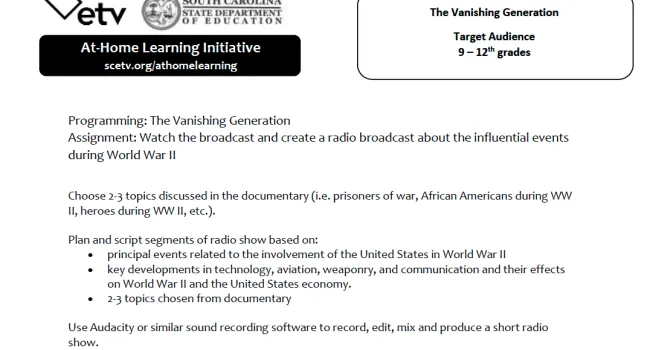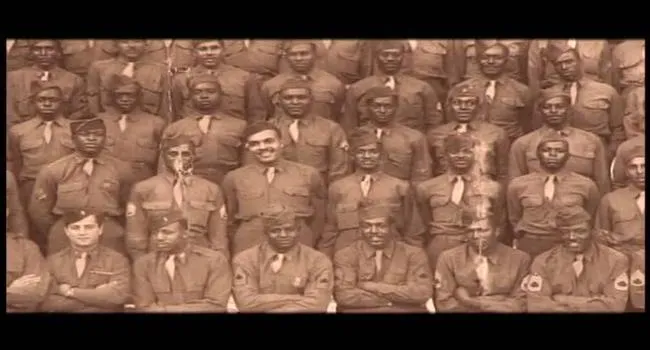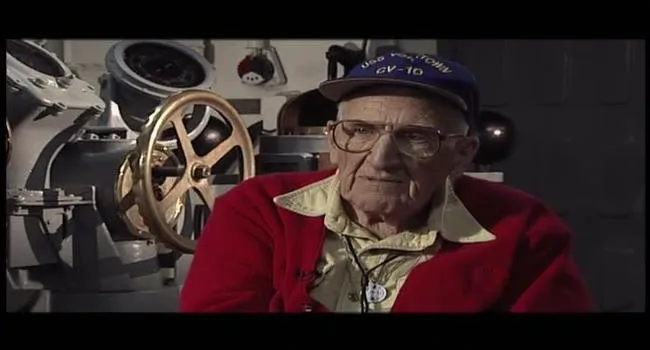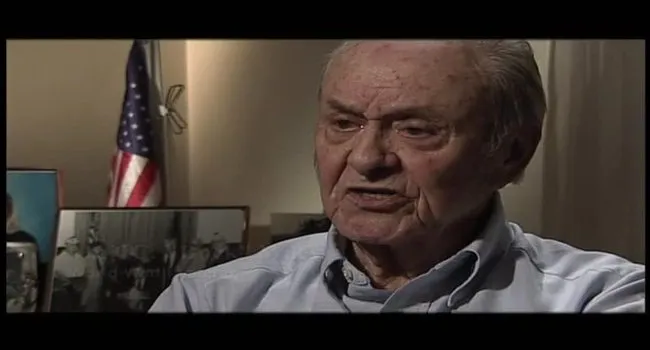Russell Meyne, B-17 pilot, says, "But Pearl Harbor, of course, was one about 4-hour period," and he didn't get hit, didn't get shot..."there was no continuity to it...the beginning and end was right there." Thirty-five missions, it took a year of training from February '43 until end of July '44 before they were finished with the crew. "It was a long drawn-out period...and you had so much more to think about and you were with the same nine guys...all the time. We had a real good group of people that worked well together. We were all kinds. Kansas, Michigan, Ohio, New York, and Arizona, but they were all different....but they all worked together very well...just great." The plane they flew most of their missions in was inherited from another crew who had finished. "My radio operator kept a diary...and he wrote a book...about our missions." They had a gunner that quit 34 times...every time he would say, "I'm not going anymore...you guys are going to get killed." But the next time, "he'd be out there...and that's what's on the book."
Standards
- 5.3 Demonstrate an understanding of the economic, political, and social effects of World War II, the Holocaust, and their aftermath (i.e., 1930–1950) on the United States and South Carolina.
- 8.5.CO Compare South Carolina and U.S. wartime contributions and demobilization after World War II.
- USHC.4.CO Develop a comparative analysis of the motives for and outcomes of American policies regarding foreign intervention.
Resources
You need to be logged in to listen to view this content. Create an account now; it's quick, easy, and free!
Log In to View








